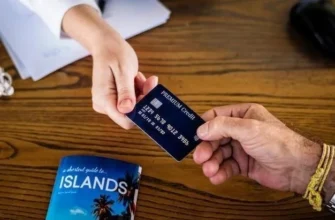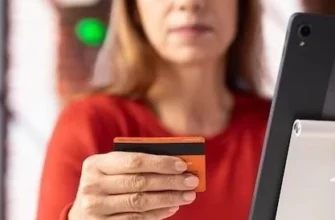Credit card networks are the backbone of the global payment system‚ enabling transactions between merchants‚ consumers‚ and financial institutions. Visa and Mastercard‚ two of the largest players‚ operate as intermediaries‚ facilitating authorization‚ clearing‚ and settlement of transactions. These networks provide the infrastructure for card issuance‚ payment processing‚ and transaction routing‚ making it possible for consumers to make purchases and merchants to receive payments.
Visa vs Mastercard: An Overview
Visa and Mastercard are the two most prominent credit card networks‚ with a combined market share of over 80%. While both networks operate similarly‚ they have distinct differences in their histories‚ business models‚ and offerings. Visa‚ founded in 1958‚ is the largest credit card network‚ with a presence in over 200 countries. Mastercard‚ established in 1966‚ is the second-largest network‚ operating in over 150 countries. Both networks have evolved to provide a range of services‚ including credit‚ debit‚ and prepaid card products‚ as well as digital payment solutions.

Key Differences between Visa and Mastercard
While both Visa and Mastercard are dominant credit card networks‚ they have distinct differences in their operations and strategies. Security features are a key differentiator‚ with Visa’s Verified by Visa and Mastercard’s SecureCode providing additional layers of protection for online transactions. Fees and pricing also vary‚ with Visa often charging lower fees for merchants and Mastercard offering more competitive rates for certain transaction types. Additionally‚ network partnerships differ‚ with Visa partnering with more banks and financial institutions‚ while Mastercard has stronger ties with merchants and retailers.
How Visa and Mastercard Work
Visa and Mastercard operate as four-party systems‚ comprising cardholders‚ merchants‚ issuing banks‚ and acquiring banks. When a cardholder makes a purchase‚ the merchant’s point-of-sale (POS) terminal sends the transaction details to the acquiring bank‚ which then forwards the request to Visa or Mastercard’s network for authorization. The network verifies the cardholder’s account and available credit‚ then sends an approval code back to the acquiring bank‚ which completes the transaction. The process is repeated in reverse for settlement‚ with the network facilitating the transfer of funds between the issuing and acquiring banks.








